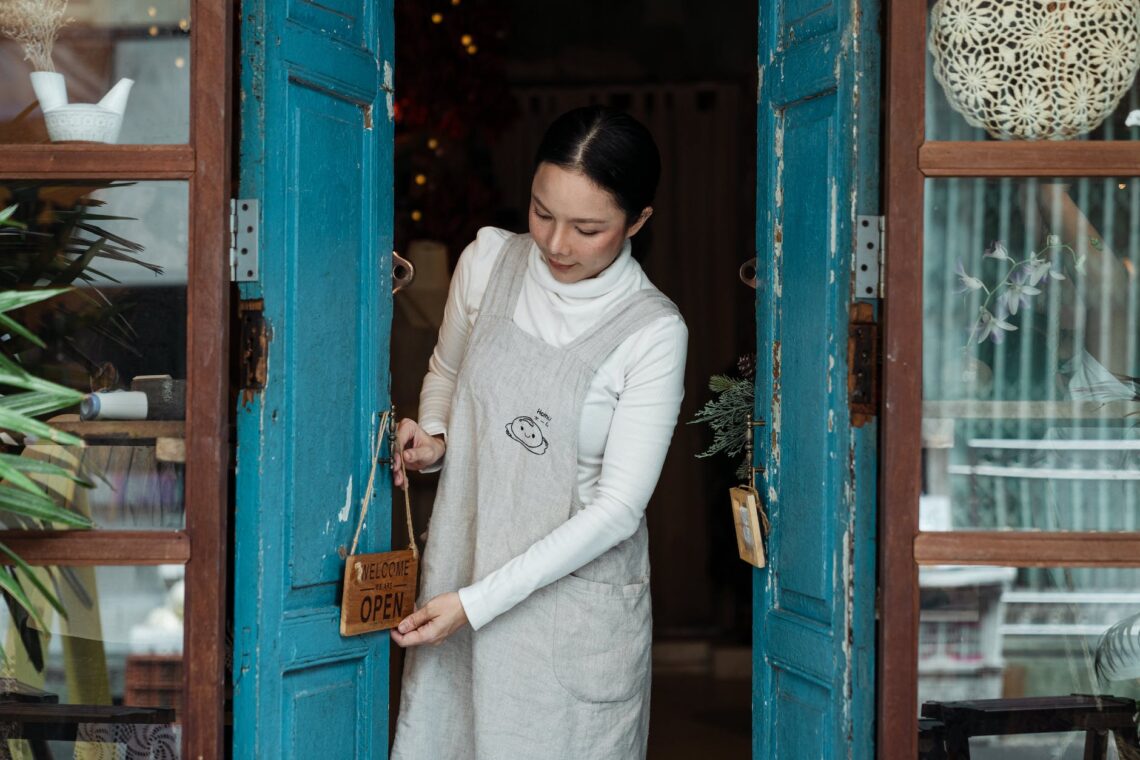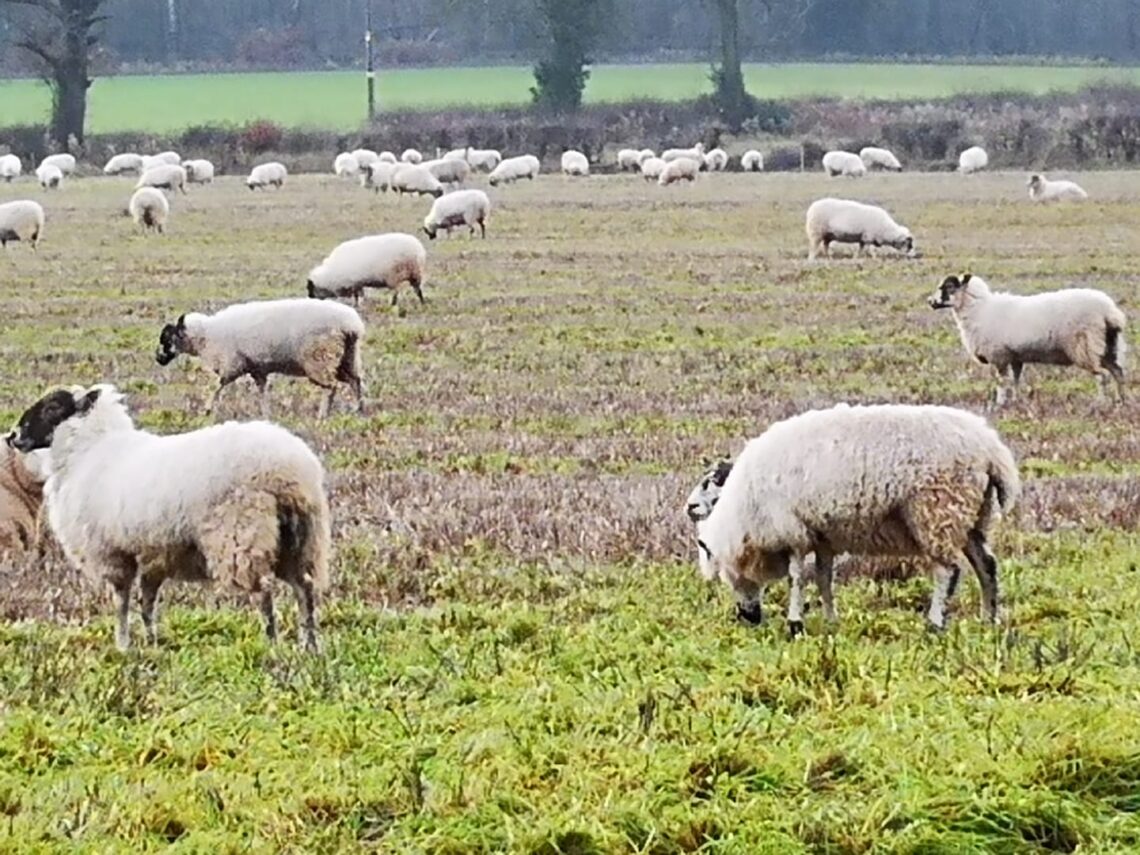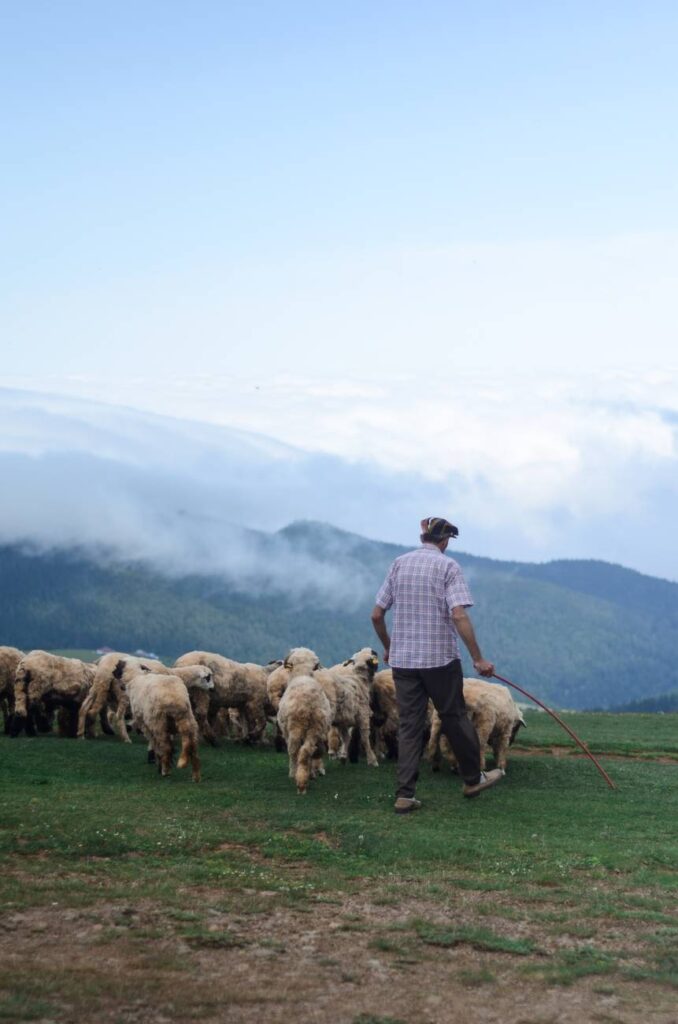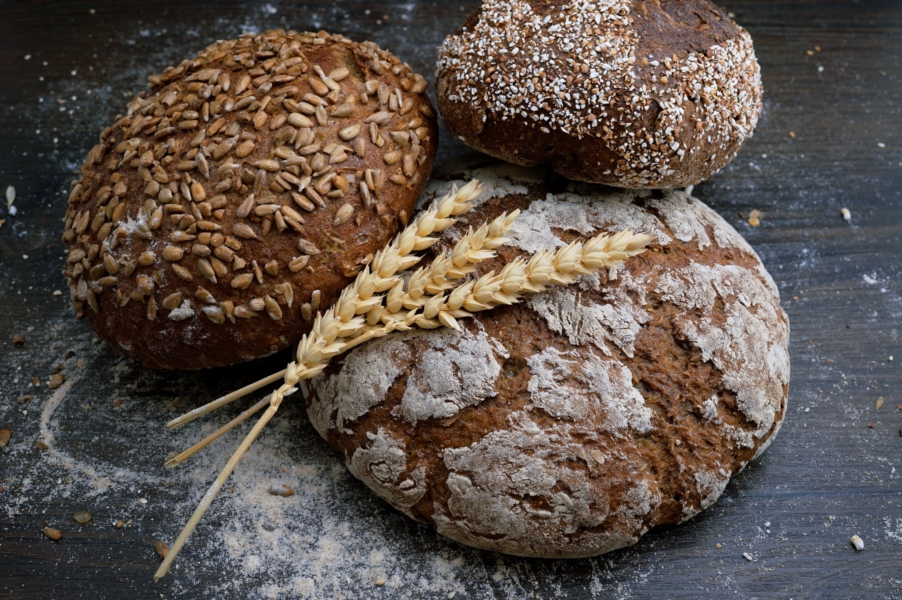Reading Time: 12 minutesIt seems that lockdowns (for better or worse) have helped the alternative economy draw in new converts. But, it may only be because I seek out an alternative economy that I notice it. We were well into the ‘pandemic’ before I realised how much life had changed. Life changes: as we all know, and it […]
Blog
Traditional Nose to Tail: Thrifty Tips and Ancestral Wisdom
Reading Time: 2 minutesGrass-fed or pastured meat and food from farm shops is expensive. Is that right? It may be slightly more expensive (for good reason) but if you want thrifty, nourishing food, take advice from cookbooks of your grandmother’s and great grandmother’s era. You may not have your own, so I mean metaphorically speaking, as traditional nose […]
On Drover’s Roads, Prehistoric Settlement and Ancient Landscapes
Reading Time: 2 minutesWe recently excavated a rare kind of Iron Age settlement in Warwickshire. From out the ground came evidence that pointed us to our age-old habit of walking with animals. Our site sat in an ancient landscape, most likely riddled with drover’s roads and ancient byways, connecting places of a similar type. Herders traded livestock north […]
How Diverse Grains and Pulses Save Soils, Save Wildlife and Help Us With Food Security
Reading Time: 2 minutesWheat, rye, barley, oats, peas and beans. These grains and pulses have been with us for thousand of years. Yet, we’ve become very wheat-centric in recent years and might not appreciate why diverse grains and pulses have always been a strategy for food security in the past. So they can be now. Local crops for […]
Regenerative Fashion, Wildlife and Fibres
Reading Time: 5 minutesRegenerative fashion is emerging out of regenerative farming. It’s nothing new of course, as we’ve been regenerating soils, wildlife, crops and livestock together out in the fields for an age, whether that’s been through our efforts to produce crops for food and fibre, or rearing sheep, cattle and other animals for meat, milk, wool and […]
Zero Waste and Plastic Free Pens
Reading Time: 5 minutesYet another plastic biro ran out of ink the other day, and so it joined the inestimable number that must be languishing in landfill worldwide. As I threw it in the bin I made a vow to revisit my idea of going zero waste and plastic free with my pens. I used to use a […]






